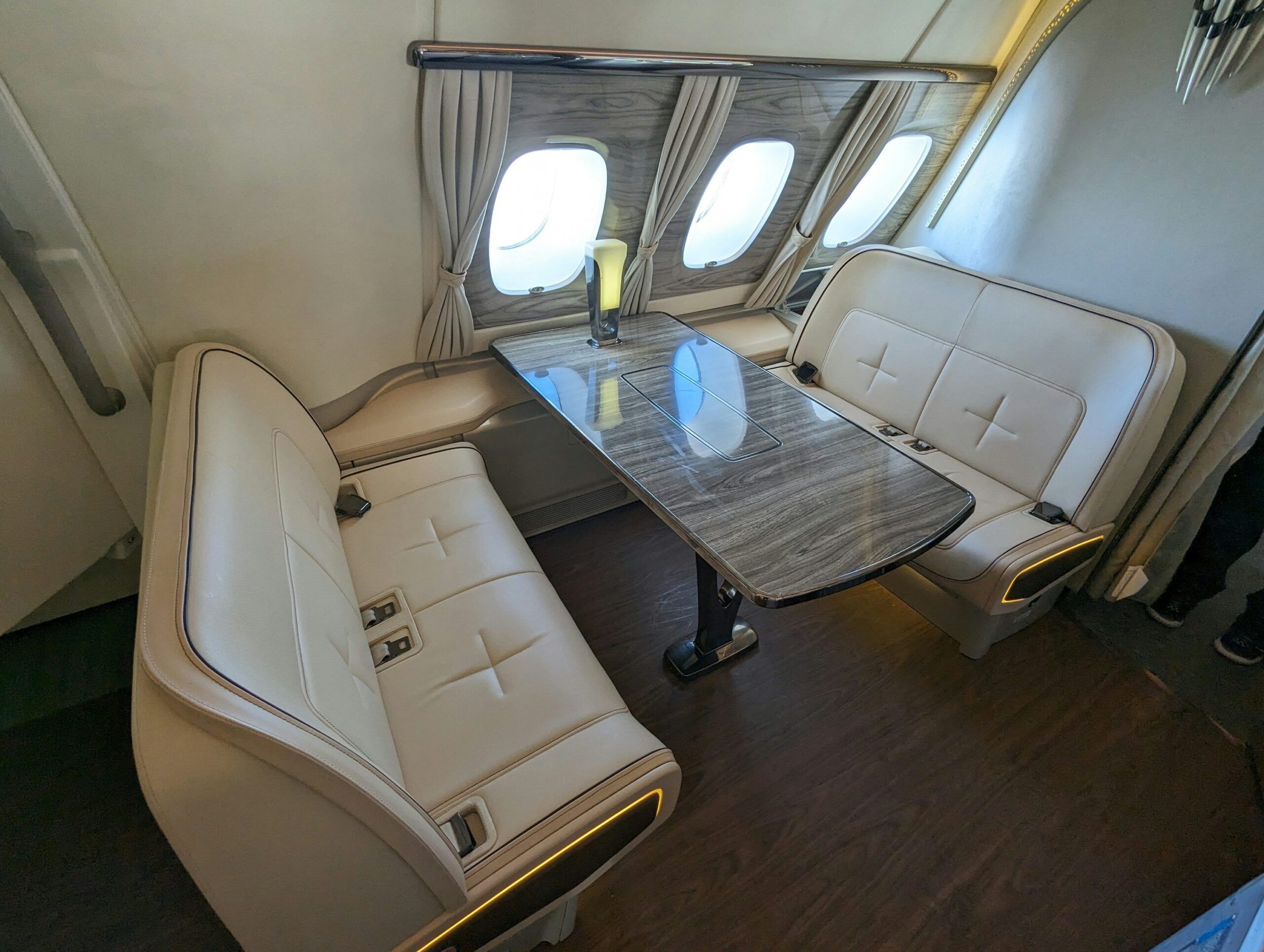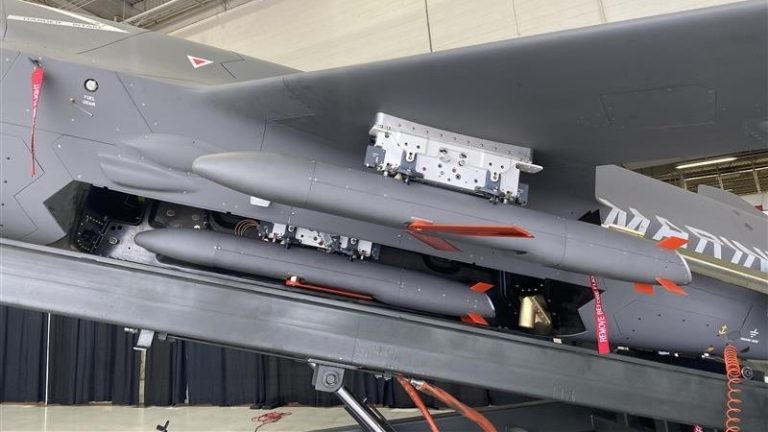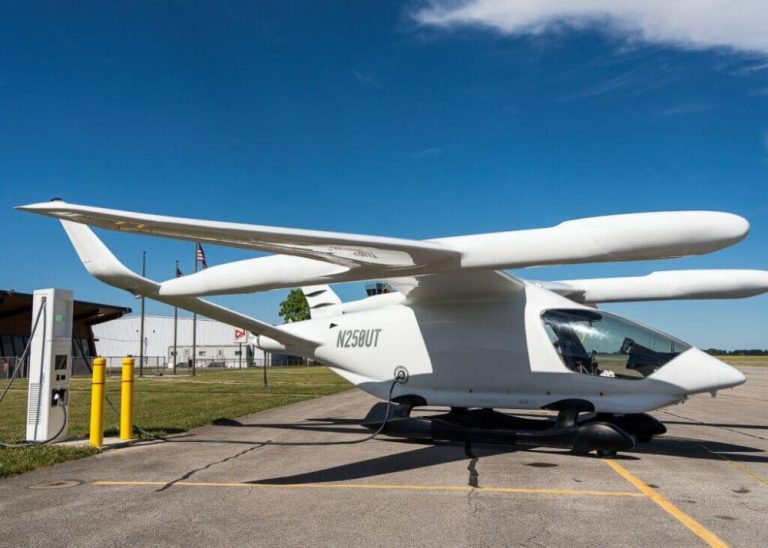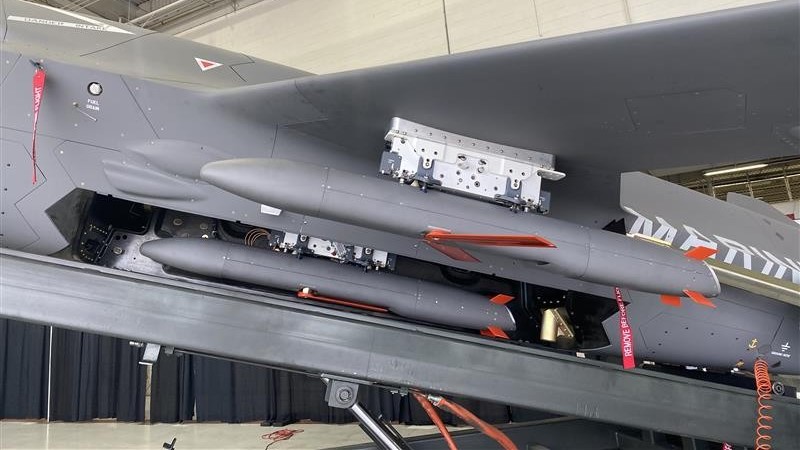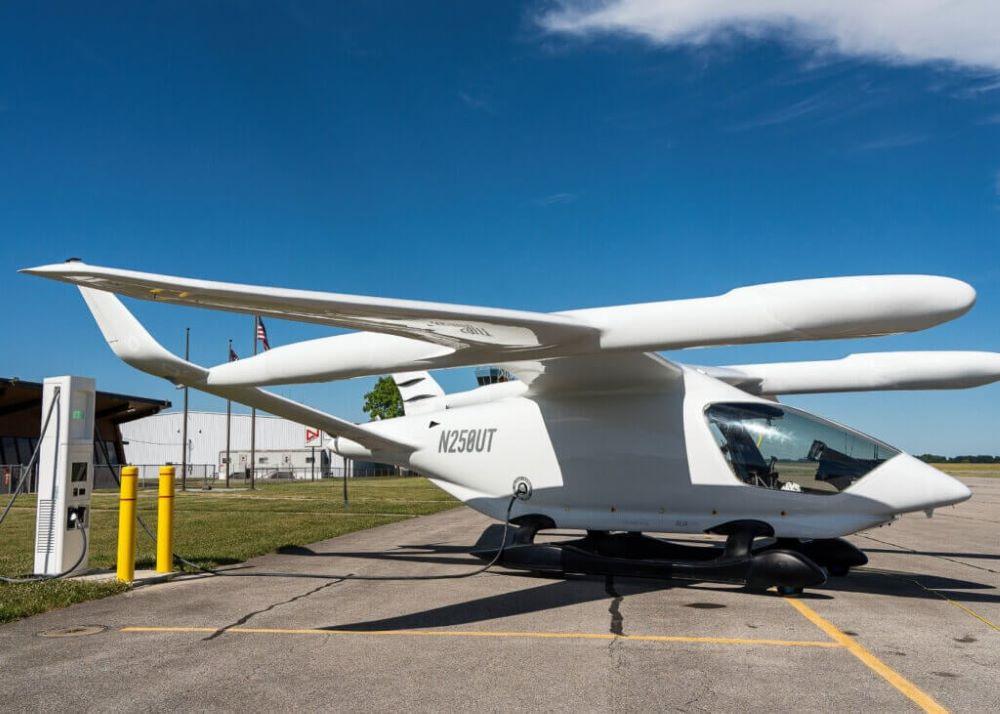The global pandemic reshaped the way people travel, and one of the most notable shifts was the surge in demand for private aviation. As commercial flights were canceled or reduced, many high-net-worth individuals and corporate executives turned to private jets for safe, flexible, and reliable transportation.
Private aviation offers several key advantages: privacy, shorter wait times, and access to thousands of airports not served by commercial airlines. During the pandemic, these benefits became even more critical as passengers sought to avoid crowded airports and maintain control over their travel environment.
Companies like NetJets, VistaJet, and Flexjet reported record growth in new memberships and charter hours. Wealthy travelers who had never flown private before began exploring the option, and many became repeat customers. The flexibility of private flying—such as being able to depart at a moment’s notice or adjust routes mid-flight—proved invaluable.
Another factor driving private jet demand is the increase in remote work. Business executives are no longer tied to corporate headquarters, but still need to travel for in-person meetings. Private jets provide a time-saving solution, allowing for same-day round trips that would be impossible with commercial airlines.
On the technology side, private jet manufacturers such as Gulfstream, Bombardier, and Dassault are developing more fuel-efficient and eco-friendly aircraft. The Gulfstream G700, for example, offers ultra-long range and cutting-edge cabin comfort, making it attractive for both business and leisure travelers.
Looking ahead, the private aviation market is expected to continue its growth trajectory. With rising wealth in regions such as Asia and the Middle East, and with more emphasis on health, safety, and convenience, private jets are no longer just symbols of luxury—they are becoming practical tools for modern travel.

